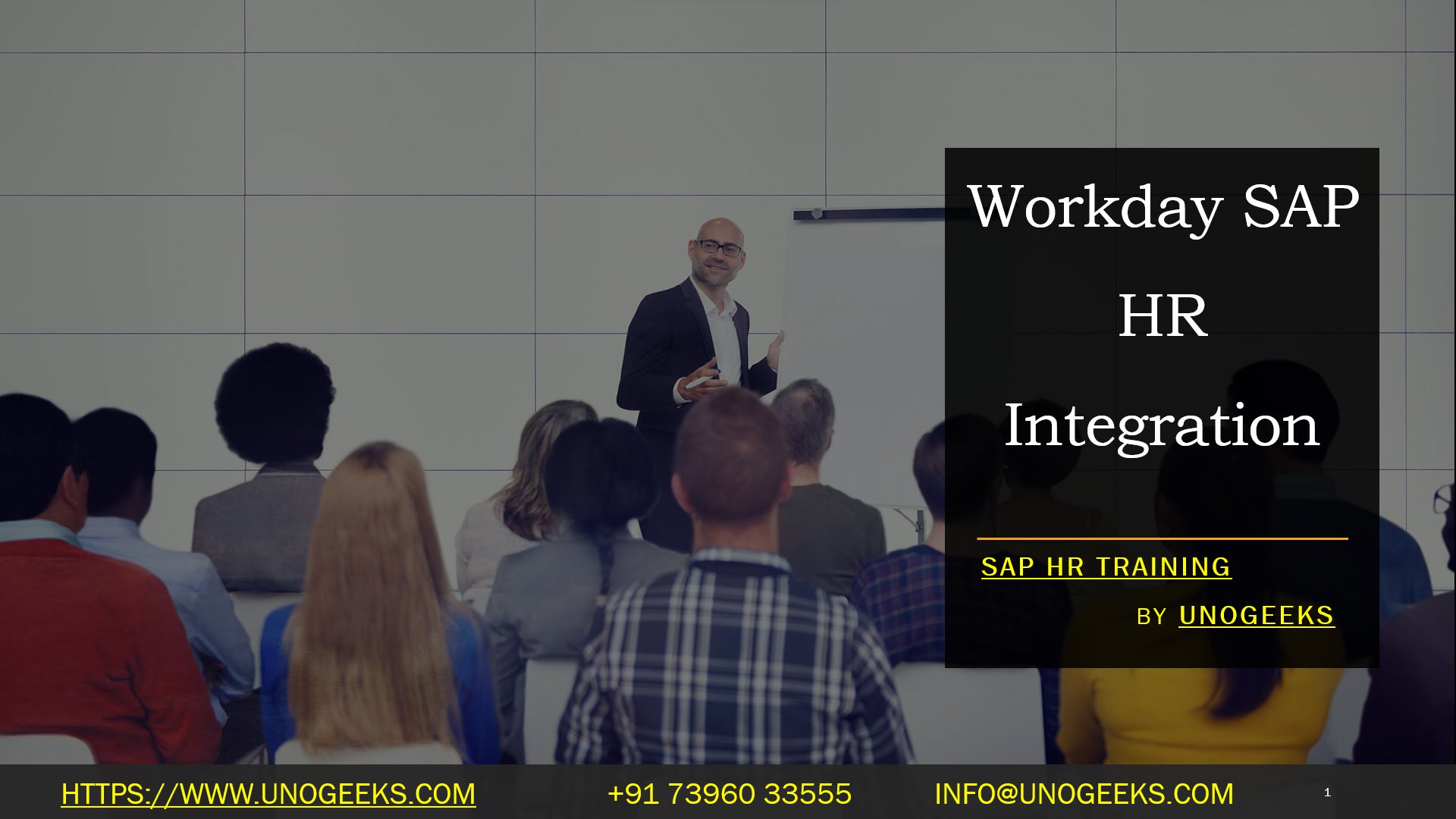Workday SAP HR Integration
Bridging the Gap: A Guide to Workday and SAP HR Integration
Many organizations rely on a patchwork of HR systems in today’s business landscape. Two of the most prominent players are Workday, a cloud-based human capital management (HCM) solution, and SAP, a leader in enterprise resource planning (ERP) software with a robust HR module. But what happens when your company utilizes both?
Here’s where Workday and SAP HR integration come in. By seamlessly connecting these two systems, you can streamline HR processes, eliminate data silos, and gain a unified view of your workforce.
Why Integrate Workday and SAP HR?
There are several compelling reasons to integrate Workday and SAP HR:
- Improved Data Accuracy and Consistency: Manual data entry between systems is a recipe for errors and inconsistencies. Integration ensures a single source of truth for employee data, minimizing errors and improving data reliability.
- Enhanced Efficiency: Streamlined workflows and automated data exchange between Workday and SAP HR save time and resources. Imagine onboarding a new employee and having their information automatically populated in both systems!
- Better Decision-Making: With a unified view of your workforce data, you can make more informed decisions about talent management, compensation, and workforce planning.
- Reduced Costs: Integration eliminates the need for manual data entry and reconciliation, leading to cost savings.
Approaches to Workday and SAP HR Integration
There are several ways to integrate Workday and SAP HR, each with its advantages and considerations:
- Pre-built Integrations: Workday and SAP offer pre-built integration content that handles common data exchanges, such as employee master data synchronization. This is a cost-effective option for basic integration needs.
- Middleware Tools: Middleware platforms like SAP PO (Process Orchestration) can be used to build custom integrations that cater to specific business requirements. This approach offers greater flexibility but requires more technical expertise.
- Third-Party Integration Tools: Several third-party vendors offer integration solutions specifically designed for Workday and SAP HR. These solutions can be a good option for companies that need more internal integration expertise.
Critical Considerations for Successful Integration
Here are some crucial factors to keep in mind when planning a Workday and SAP HR integration project:
- Data Mapping: Clearly define which data elements must be exchanged between the two systems.
- Security: Ensure that data is transferred securely between Workday and SAP HR.
- Testing and Change Management: Thoroughly test the integration before going live and have a plan to manage any changes that may arise.
Conclusion
Workday and SAP HR integration can be a powerful tool for optimizing HR processes and gaining valuable insights into your workforce. By carefully considering your business needs and choosing the right approach, you can unlock the full potential of both systems and create a more efficient and data-driven HR environment.
Conclusion:
Unogeeks is the No.1 IT Training Institute for SAP HR Training. Anyone Disagree? Please drop in a comment
You can check out our other latest blogs on SAP HR here – SAP HR Blogs
You can check out our Best In Class SAP HR Details here – SAP HR Training
Follow & Connect with us:
———————————-
For Training inquiries:
Call/Whatsapp: +91 73960 33555
Mail us at: info@unogeeks.com
Our Website ➜ https://unogeeks.com
Follow us:
Instagram: https://www.instagram.com/unogeeks
Facebook: https://www.facebook.com/UnogeeksSoftwareTrainingInstitute
Twitter: https://twitter.com/unogeeks
